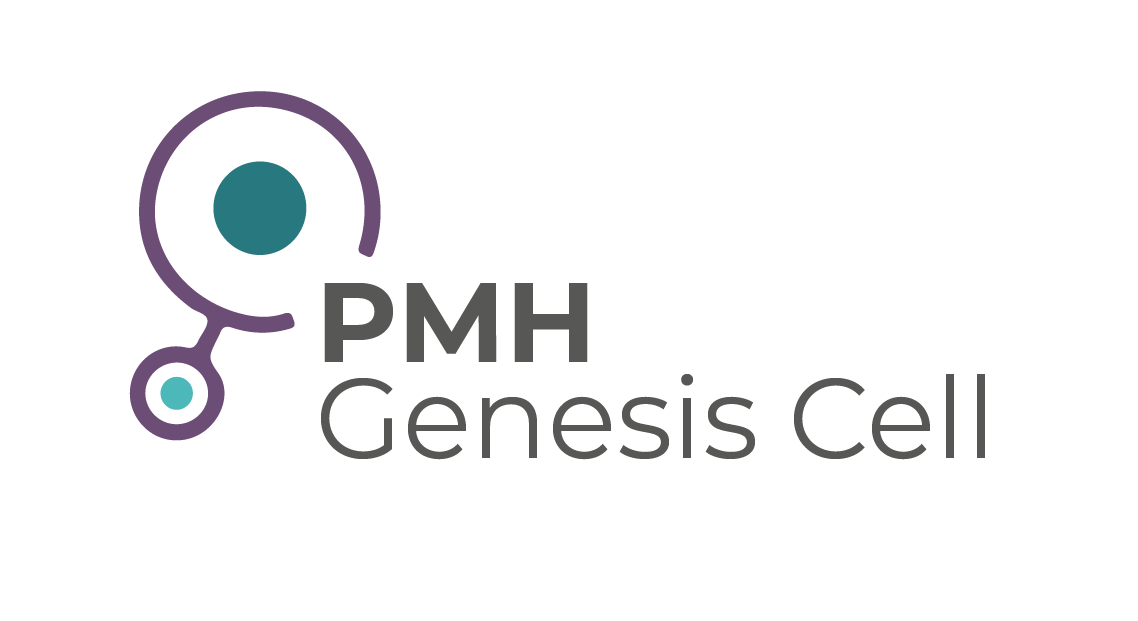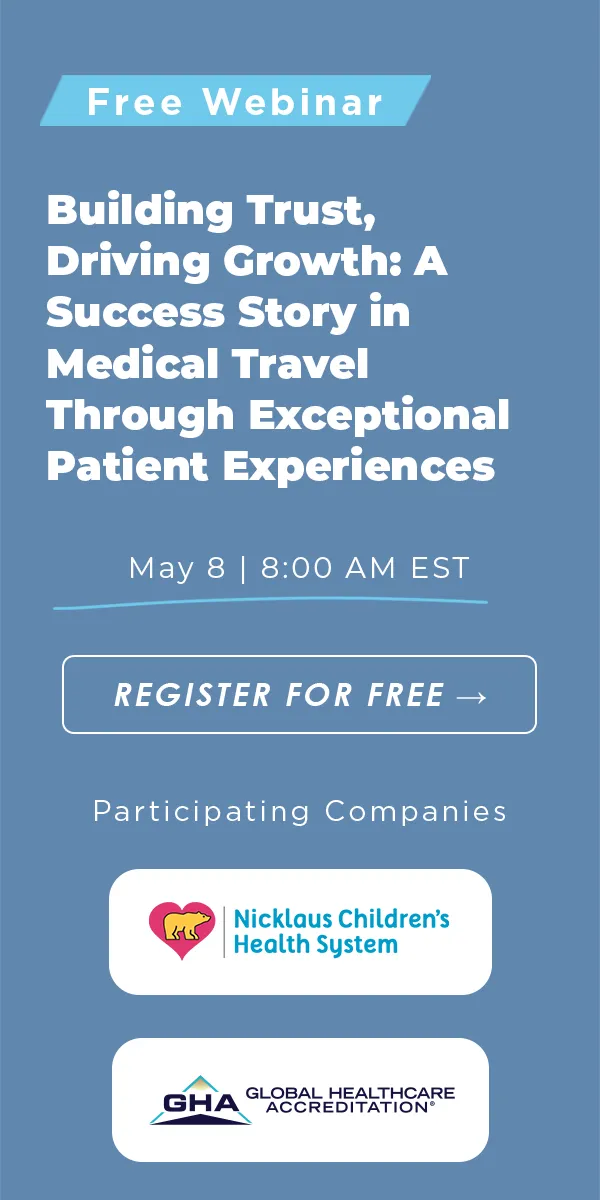Bladder Surgery
Steps Involved in IVF:
Procedure Description:
Bladder surgery typically refers to a variety of surgical procedures performed on the urinary bladder. These surgeries range from minimally invasive techniques to more complex operations, depending on the underlying issue. Some of the common bladder surgeries include cystectomy (removal of the bladder), transurethral resection for bladder tumors, and surgery for bladder prolapse. These procedures are often recommended for conditions such as bladder cancer, recurrent urinary tract infections, or significant structural issues with the bladder that compromise urinary function.
In many cases, bladder surgery becomes necessary when less invasive treatments fail to resolve the condition effectively. For example, someone who has bladder cancer might initially undergo chemotherapy or radiation, but if these methods are ineffective or if the cancer is in an advanced stage, surgical intervention becomes essential. Similarly, conditions like bladder prolapse that significantly affect quality of life may require surgical treatment as a definitive solution when other conservative measures fail.
The necessity for bladder surgery can be both medically urgent or elective based on the condition's severity and the risk it poses to a person's overall health. However, regardless of the urgency, the decision to undergo bladder surgery should be made carefully, considering all treatment options and second opinions, especially when contemplating medical tourism as an option.
Procedure Duration:
The duration of bladder surgery varies widely depending on the type of procedure and the underlying condition being treated. For instance, a minimally invasive procedure like transurethral resection might take 1-2 hours, while more complex surgeries like cystectomy can take up to 4-6 hours.
In terms of recovery, patients usually need to stay in the hospital for a few days post-surgery. For simpler procedures, the hospital stay might be as short as 2-3 days, while more complex operations may necessitate a week-long stay. Once discharged, the patient typically requires several weeks to recover fully, during which time they must follow post-operative care instructions diligently. It's crucial to factor in this recovery period when considering medical tourism for bladder surgery, as it may impact travel arrangements and overall costs.
The entire treatment timeline, including pre-operative evaluations, the surgery itself, and the post-operative recovery phase, can stretch from a few weeks to several months. Therefore, when planning for medical tourism, it's essential to account for these variables to ensure that the trip is well-timed and organized.
Benefits:
- Cost Savings: Many countries offer bladder surgery at a fraction of the cost in the United States or Western Europe.
- Advanced Technology: Some countries specialize in advanced surgical technologies, providing cutting-edge treatments.
- Expertise: Centers of excellence abroad offer highly experienced surgical teams specialized in urological issues.
- Immediate Availability: Lesser waiting times for surgical appointments can make a significant difference, especially for critical conditions.
Potential Destinations:
- India: Known for high-quality healthcare at cost-effective rates.
- Thailand: Renowned for state-of-the-art medical facilities and expertise in urological surgeries.
- Turkey: Offers a blend of modern technology and highly experienced medical professionals.
- Mexico: Convenient for North American residents, offering quality care at lower prices.
Risks & Considerations:
- Travel Logistics: Can you travel comfortably before and after surgery?
- Quality of Care: Is the hospital internationally accredited?
- Language Barrier: Will there be language issues that could affect your care?
- Legal Protections: What are your legal rights in case of malpractice?
How to Choose the Right Doctor and Hospital:
- Accreditation: Ensure the hospital has international healthcare accreditation.
- Doctor's Credentials: Confirm the surgeon’s qualifications and expertise in bladder surgeries.
- Reviews and Testimonials: Research and read reviews from former patients.
- Consultation: A pre-surgery consultation, either virtual or in-person, is crucial to assess your comfort level with the healthcare providers.
To receive a free quote for this procedure please click on the link: https://www.medicaltourism.com/get-a-quote
Patients are advised to seek hospitals that are accredited by Global Healthcare and only work with medical tourism facilitators who are certified by Global Healthcare Accreditation or who have undergone certification from the Certified Medical Travel Professionals (CMTP). This ensures that the highest standards in the industry are met. GHA accredits the top hospitals in the world. These are the best hospitals in the world for quality and providing the best patient experience. Click the link to check out hospitals accredited by the Global Healthcare Accreditation: https://www.globalhealthcareaccreditation.com
Frequently Asked Questions
What actually happens during hyperstimulation of the ovaries?
The patient will take injectable FSH (follicle stimulating hormone) for eight to eleven days, depending on how long the follicles take to mature. This hormone is produced naturally in a woman’s body causing one egg to develop per cycle. Taking the injectable FSH causes several follicles to develop at once, at approximately the same rate. The development is monitored with vaginal ultrasounds and following the patient’s levels of estradiol and progesterone. FSH brand names include Repronex, Follistim, Menopur, Gonal-F and Bravelle. The patient injects herself daily.
What happens during egg retrieval?
When the follicles have developed enough to be harvested, the patient attends an appointment where she is anesthetized and prepared for the procedure. Next, the doctor uses an ultrasound probe to guide a needle through the vaginal wall and into the follicle of the ovary. The thin needle draws the follicle fluid, which is then examined by an embryologist to find the eggs. The whole process takes about 20 minutes.
What happens to the eggs?
In the next step, the harvested eggs are then fertilized. If the sperm from the potential father, or in some cases, anonymous donor, has normal functionality, the eggs and sperm are placed together in a dish with a nutrient fluid, then incubated overnight to fertilize normally. If the sperm functionality is suboptimal, an embryologist uses Intracytoplasmic Sperm Injection to inject a single sperm into a single egg with an extremely precise glass needle. Once fertilization is complete, the embryos are assessed and prepared to be transferred to the patient’s uterus.
How are the embryos transferred back to the uterus?
The doctor and the patient will discuss the number of embryos to be transferred. The number of successfully fertilized eggs usually determines the number of eggs to be placed in the uterus. Embryos are transferred to the uterus with transabdominal ultrasound guidance. This process does not require anesthesia, but it can cause minor cervical or uterine discomfort. Following transfer, the patient is advised to take at least one days bed rest and two or three additional days of rest, then 10 to 12 days later, two pregnancy tests are scheduled to confirm success. Once two positive tests are completed, an obstetrical ultrasound is ordered to show the sac, fetal pole, yolk sac and fetal heart rate.
Embryoscope©
Built into this technology there is a microscope with a powerful camera that allows the uninterrupted monitoring of the embryo during its first hours of life. In this way, we can keep a close eye on the embryo, from the moment when the oocyte is inseminated and begins to divide into smaller and smaller cells, until it can be transferred to the uterus.
Orthopedics Stem Cell
Knee
Research on mesenchymal stem cells regenerative properties in knee osteoarthritis. In these studies, researchers suggest that Stem Cell Therapy has the potential to regenerate lost cartilage, stop and reverse cartilage degeneration, provide pain relief, and improve patient mobility.
Shoulder
Stem Cell Therapy as an Alternative to Rotator Cuff & Shoulder Replacement Surgery. Stem cell therapy may offer an excellent alternative for patients looking to avoid shoulder joint replacement surgery, as well as many other surgical treatments for shoulder pain.
Ankle
If you suffer from chronic or acute ankle pain or instability due to arthritis, cartilage loss, ligament strain or tear, or tendon damage, then you may benefit from non-surgical stem cell treatments or stem cell-enhanced surgery.
Back Pain
Patients now have a minimally invasive option. Stem cell therapy for back pain and disc herniations can potentially repair the damaged disc or facet joint, restore function, rehydrate the disc, and ultimately alleviate chronic pain.
Anti-Aging Stem Cell
Hair Loss
Stem cell therapy and PRP therapy have been shown to be most effective for: Those in the early stages of hair loss, patients who are not viable candidates for surgery and women who prefer to avoid hair surgery.
Facial Anti-Aging
Aesthetic Anti-Aging. The Aesthetic Stem Cell Localized Treatment is a non-surgical minimally invasive procedure to enhance the appearance of aging skin and hair restoration. This all-natural technique combines dermal injections of bone marrow or adipose tissue derived stem cells and growth factors.
Fertility Stem Cell
Endometrial PRP
The stem cells used for treatment of a thin endometrium include mesenchymal stem cells. In addition, successful repair of the endometrium in pregnancy with stem cells has been reported previously.
Low Ovarian Reserve (PRP)
The treatment uses PRP (Platelet-Rich-Plasma), which with stem cell therapy is the novel therapeutic approach for restoring the quality of the ovarian reserve.Your PRP will contain a physiologic balance of platelets, growth factors and white blood cells tailored specifically for you.

Punta Mita Hospital
Mexico


Punta Mita Hospital - Genesis Cell
Mexico














